A common scenario:
A student disrupts your class and you deliver a consequence. All good. But the moment you finish, another student laughs at the disruptor.
Laughter in this situation is infuriating because it makes light of the sacredness of uninterrupted learning. It also mocks the dignity of a classmate, borders on bullying, and invites other students to join in.
It can even feel as if it’s done at your expense.
So what should you do?
This is a key question because how respond determines whether it will . . .
Happen again.
Cause a larger interruption.
Raise your stress level.
Years ago I came up with a solution that removes all three possibilities.
Here’s how it works:
1. Be ready.
This situation is so common that it’s naive to be surprised when it happens. So be emotionally ready. Visualize it unfolding and see yourself handling it perfectly and calmly.
Anticipate its possibility every time you give a consequence, especially at the beginning of the year when your students don’t know you or your staggeringly consistent follow through.
Know exactly what to do when it happens and proceed as if it were a foregone conclusion.
2. Model it.
Laughing in reaction to another’s consequence is a smart thing to model when you’re first teaching your classroom management plan. Let your new class experience this exact scenario before it happens.
Explain why it’s wrong and how it affects others by interrupting learning.
Then let them see your practiced response and how there is no benefit for them to even try it. Remember, whatever you model in the form of “how not” to behave is less likely to happen.
3. Follow through again.
First things first. Should the laughing student receive a consequence? Yes, absolutely, because it’s disruptive. It clearly breaks rules two and three.
But here’s the key, the most important part.
After you give a consequence in response to the initial disruption, pause. Wait a beat. Allow a moment of stillness and silence before returning to your lesson.
By doing this you’re all but challenging another student to disrupt. Stand poised and ready to follow through yet again in the same calm manner.
A mere beat is all you need, but it’s remarkably effective. If there isn’t a laugh or interruption from others immediately, then there won’t be. You can then turn back to your lesson or whatever you were doing without concern.
Edison, Not Pollock
A big part of keeping your cool is knowing how to respond in every possible situation. Teaching with uncertainty is terribly stressful in a way that never leaves you.
Hope isn’t a classroom management strategy. Nor is using your wits.
The natural human instinct in response to misbehavior is nearly always wrong. It will only cause you misery and more misbehavior.
Effective classroom management is more science than art. Student behavior is predictable if you know the secrets, motivations, and leverages that drive it where you want it to go.
If you’re reacting, best-guessing, and allowing your inner Jackson Pollock to take over, you’ll make a mess of your classroom.
There was a time when you could fly by the seat of your pants and survive. But that time has long since past. In this day and age, especially post-Covid, you have to know what you’re doing. It’s the only way to be an effective teacher.
The good news is that we’ve done the thousands of iterations for you. All you need to do is follow the SCM approach and reap the rewards.
If you haven’t done so already, please join us. It’s free! Click here and begin receiving classroom management articles like this one in your email box every week.





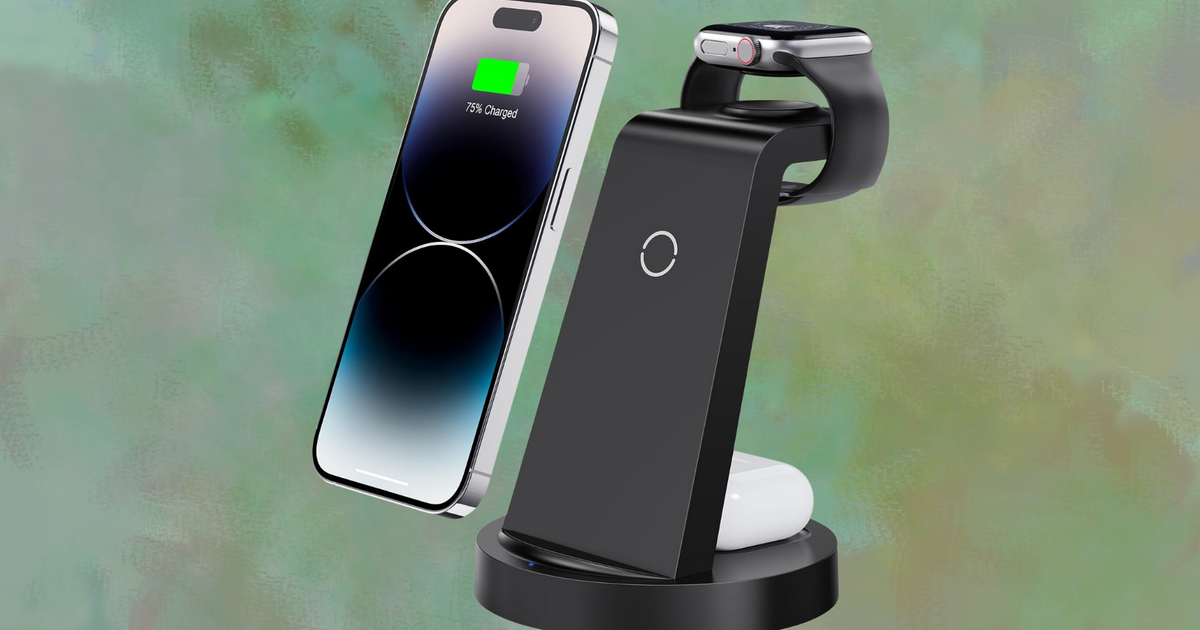

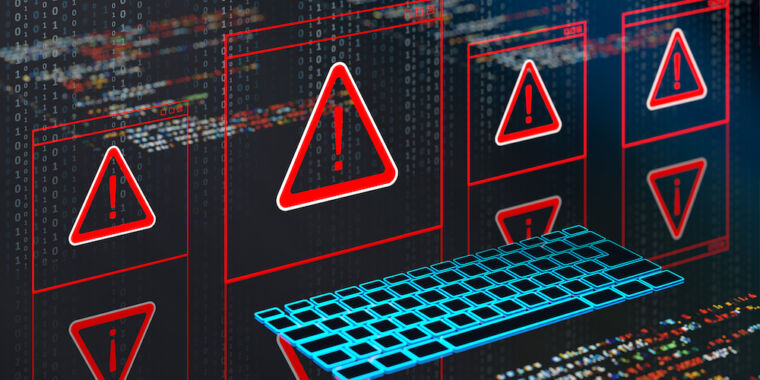


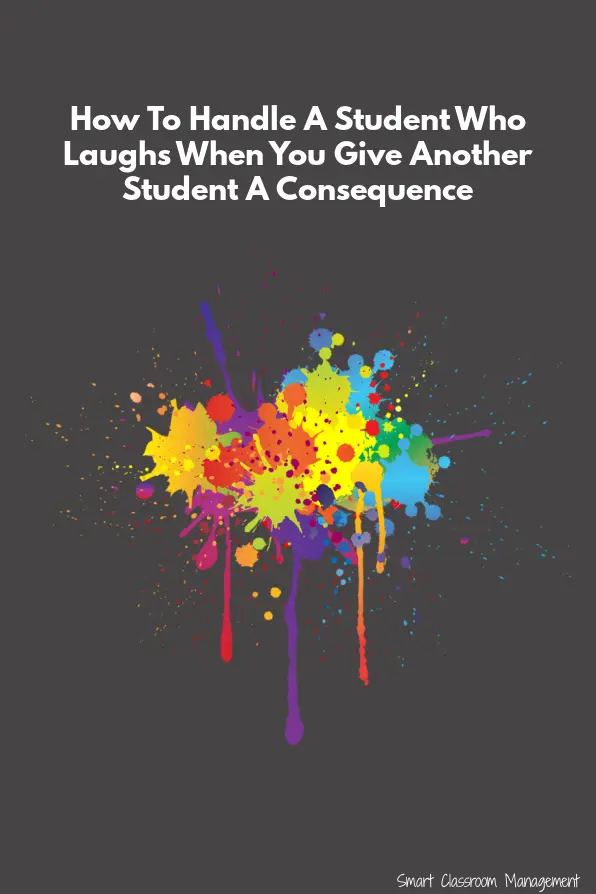

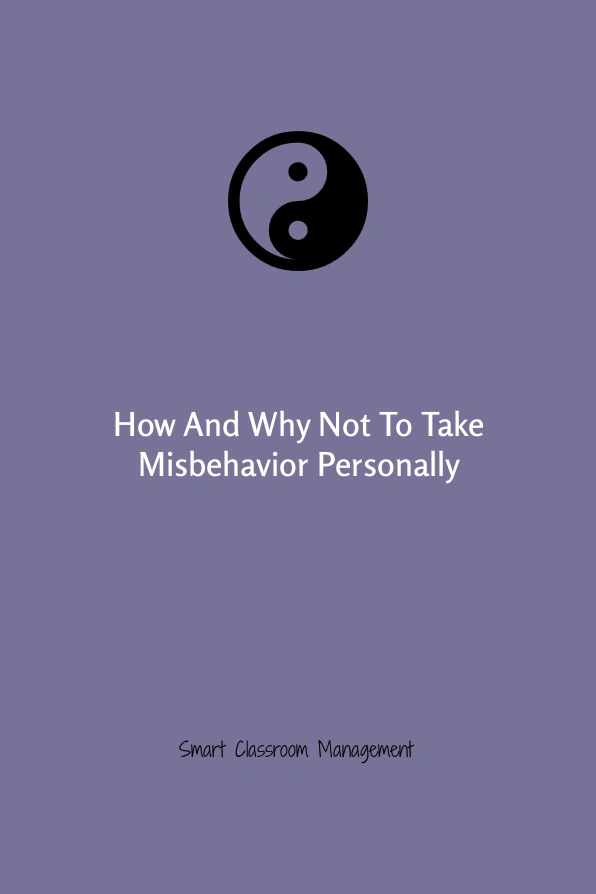
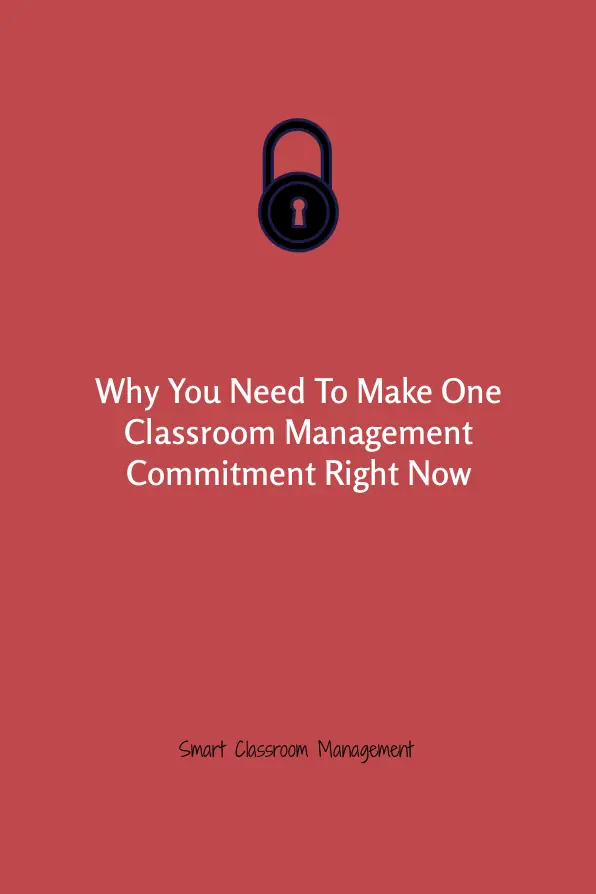


+ There are no comments
Add yours